Archives
- 2025-12
- 2025-11
- 2025-10
- 2025-09
- 2025-03
- 2025-02
- 2025-01
- 2024-12
- 2024-11
- 2024-10
- 2024-09
- 2024-08
- 2024-07
- 2024-06
- 2024-05
- 2024-04
- 2024-03
- 2024-02
- 2024-01
- 2023-12
- 2023-11
- 2023-10
- 2023-09
- 2023-08
- 2023-07
- 2023-06
- 2023-05
- 2023-04
- 2023-03
- 2023-02
- 2023-01
- 2022-12
- 2022-11
- 2022-10
- 2022-09
- 2022-08
- 2022-07
- 2022-06
- 2022-05
- 2022-04
- 2022-03
- 2022-02
- 2022-01
- 2021-12
- 2021-11
- 2021-10
- 2021-09
- 2021-08
- 2021-07
- 2021-06
- 2021-05
- 2021-04
- 2021-03
- 2021-02
- 2021-01
- 2020-12
- 2020-11
- 2020-10
- 2020-09
- 2020-08
- 2020-07
- 2020-06
- 2020-05
- 2020-04
- 2020-03
- 2020-02
- 2020-01
- 2019-12
- 2019-11
- 2019-10
- 2019-09
- 2019-08
- 2019-07
- 2019-06
- 2018-07
-
br STAR Methods br Microenvironmental niches for na
2021-06-23
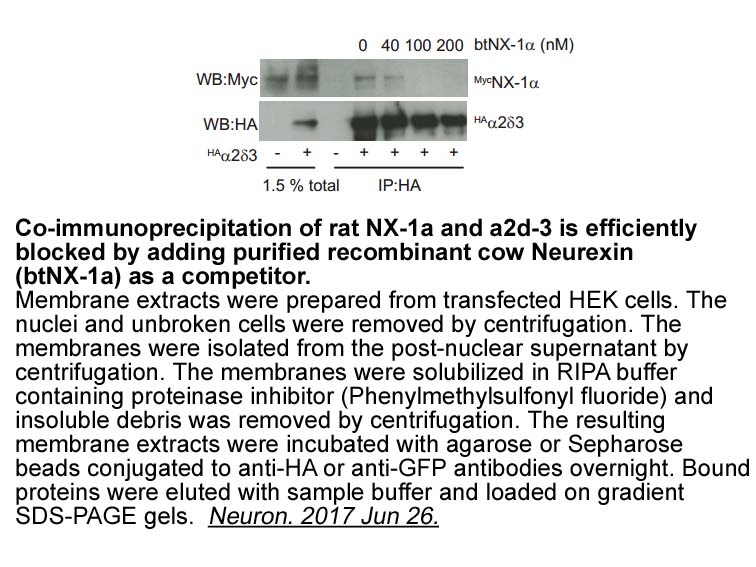
STAR★Methods Microenvironmental niches for naïve and activated B cells Secondary lymphoid organs, such as the spleen and lymph nodes, are structurally and functionally compartmentalized to provide a set of microenvironmental niches that support the survival of resting B cells, as well as the a
-
We found that Th cells derived either from in
2021-06-23
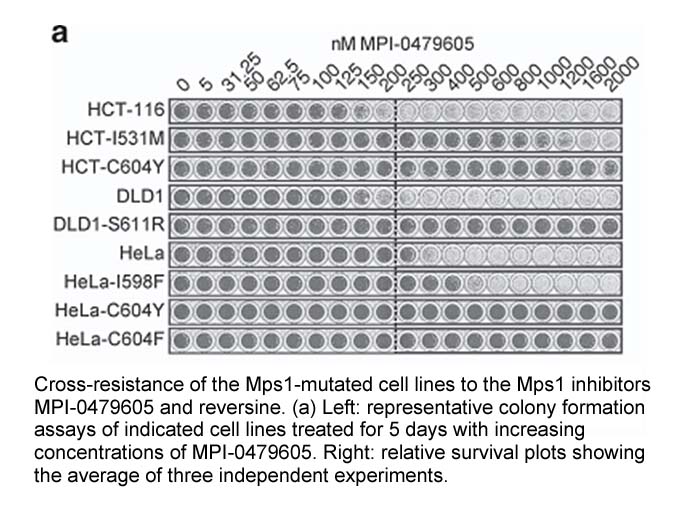
We found that Th17 cells, derived either from in vivo immunization or in vitro polarization under pathogenic conditions (in presence of IL-23 and/or IL-1β) expressed high levels of EBI2. In contrast, Th17 Imiquimod hydrochloride sale that were generated in absence of IL-23 or IL-1β lost EBI2 expres
-
DNA PK Jackson is activated by DNA double stranded breaks
2021-06-22
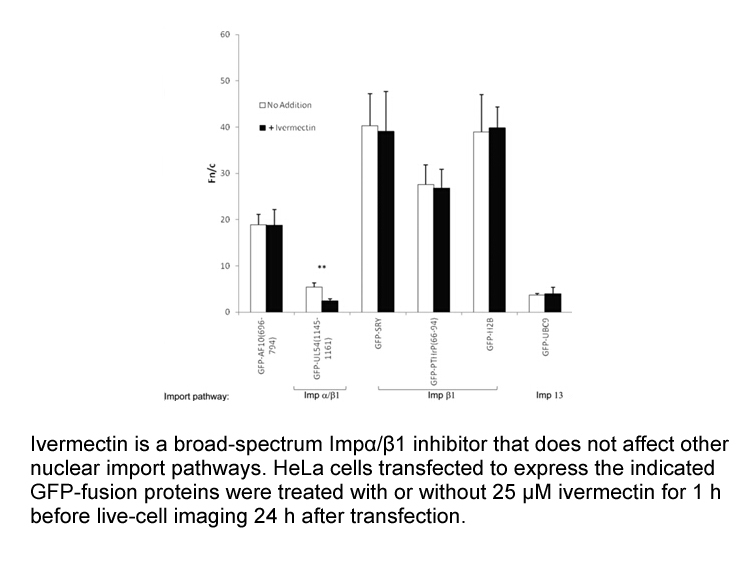
DNA-PK (Jackson, 1997) is activated by DNA double-stranded breaks (DSBs). It is a trimeric complex composed of the catalytic subunit, DNA-PKcs, and the Ku70/80 heterodimer. DNA-PK mediates non-homologous end joining (NHEJ), which joins programmed DSBs created during V(D)J recombination and class swi
-
Several reports have exploited the application of HRM for de
2021-06-22
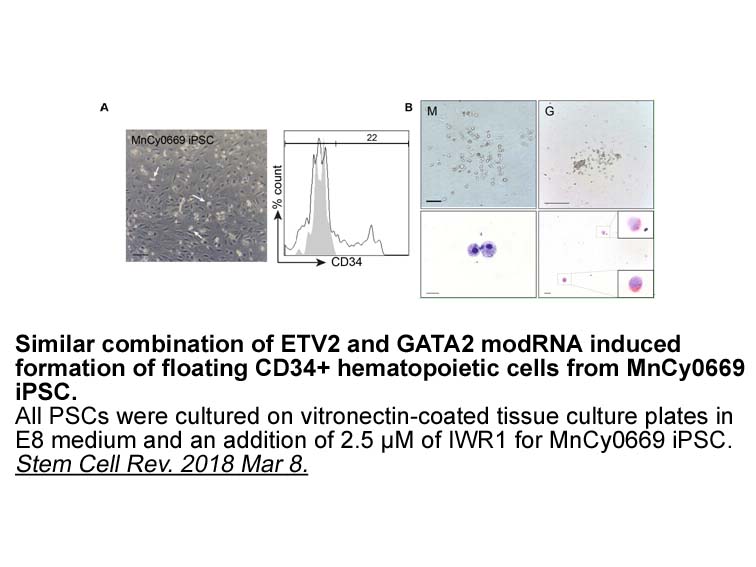
Several reports , , , , have exploited the application of HRM for detecting differentially methylated DNA. Even though DNA methylation analysis by HRM cannot determine the methylation status of individual CpGs, it does provide a robust and inexpensive method to differentiate DNA based on the overall
-
br Phenotypic responses alkylation induced cell death
2021-06-22
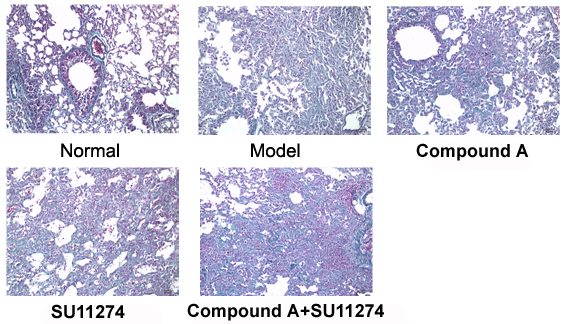
Phenotypic responses: alkylation-induced cell death and mutagenesis E. coli alkB mutants were isolated in a screen for strains specifically sensitive to the cytotoxicity of MMS but not UV-irradiation. This was the first indication that the AlkB protein is a primary cellular defence against alkyla
-
Collectively the results presented here provide new insights
2021-06-22
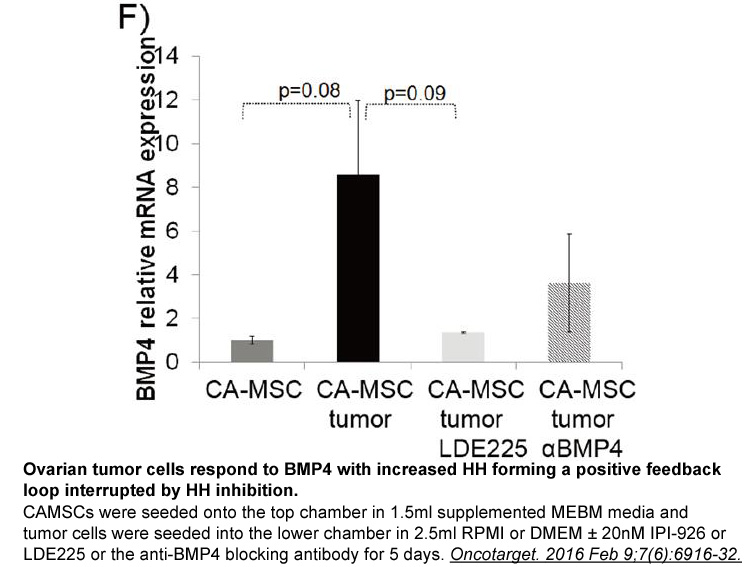
Collectively, the results presented here provide new insights into ligand binding, clustering, spatial distribution, and phosphorylation of DDR1b and DDR2 in response to soluble collagen I. As depicted in the cartoon of Scheme 1, we postulate a model in which the spatial distribution and assembly of
-
We further examined our hypothesis that the activation of CR
2021-06-22
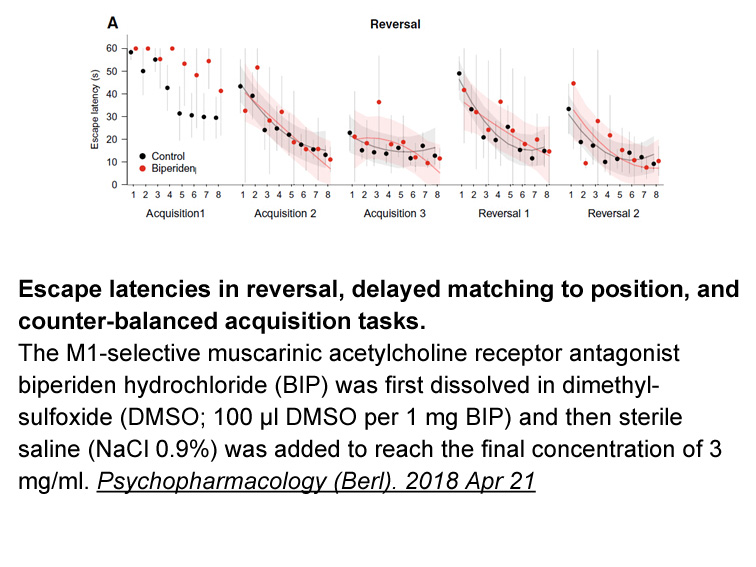
We further examined our hypothesis that the activation of CRF and CCK systems is responsible for the enhanced anxiety-like behavior induced by immobilization stress using two antagonists to block the expression of CRF1 and CCK2 receptors. It was found that CCK2 receptor antagonist CR2945 or CRF1 ant
-
Regarding the effects of CRF on
2021-06-22
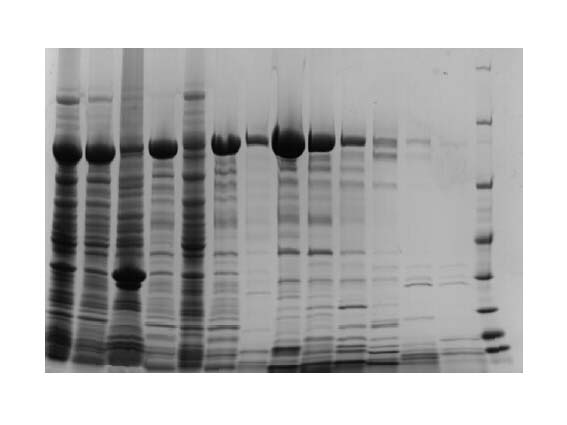
Regarding the effects of CRF on anxiety, Sahuque et al. (2006) have demonstrated that this neuropeptide also enhances anxiety when injected into the bed nucleus of the stria terminalis (BNST), a parp apoptosis pathway structure that has also been related to defensive behavior (Casada and Dafny, 1991
-
It should be noted that
2021-06-22
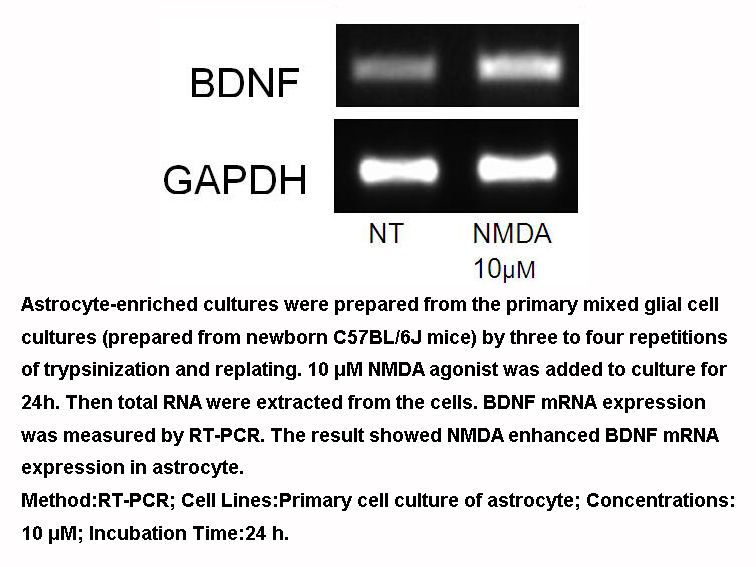
It should be noted that there are other methods, such as artificial intelligence, like Artificial Neural Networks/ANN (such as PSO-ANN, ICA-ANN), Least Square Support Vector Machine/LSSVM, etc. [10], [11], [12], [13], [14], [15], [16], [17], [18], or molecular simulations, for modeling the fluid's v
-
It is noteworthy that epidemiological
2021-06-22
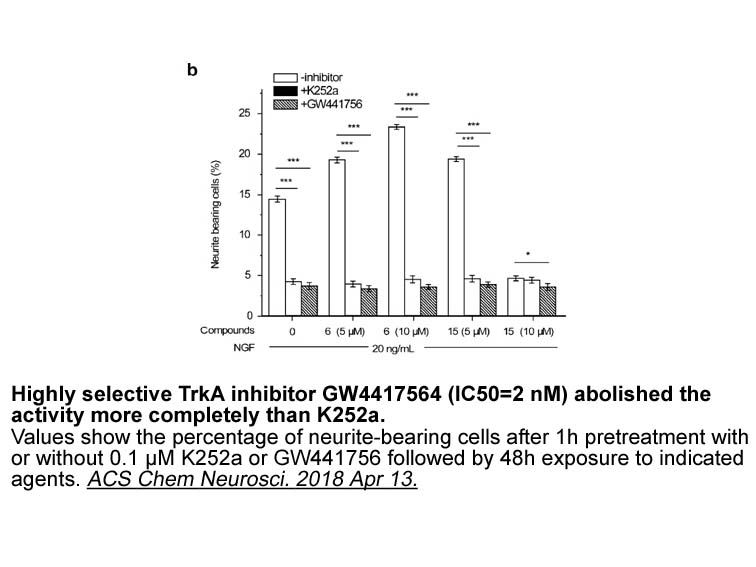
It is noteworthy that epidemiological studies have demonstrated that some GAD patients have experienced anxiety symptoms in childhood and young adulthood, whereas others have developed their disorder at a later age (especially persons ≥ 50 years of age) (Hoehn-Saric et al., 1993; Le Roux et al., 200
-
By using live imaging of an
2021-06-22

By using live imaging of an ERK fluorescence resonance energy transfer (FRET) sensor, the authors show that ERK activity propagates in a stepwise manner from the center to the periphery of the tracheal placode. This row-by-row propagation of ERK activity fits a relay model in which each row activate
-
As with all meta analysis this study certainly has some
2021-06-21
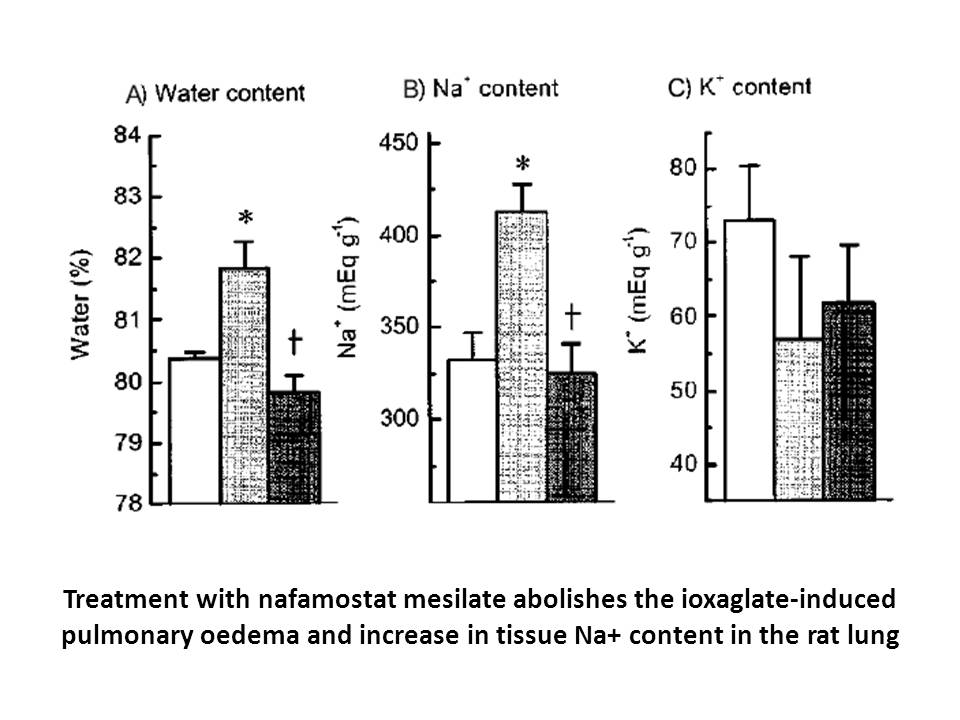
As with all meta-analysis, this study certainly has some limitations. First, our results were derived from unadjusted analyses due to lack of raw data, and lack of further adjusted analyses for age, gender and co-morbidity conditions may impact the reliability of our findings [63]. Second, obvious h
-
contact us br Results br Discussion The ubiquitin
2021-06-21
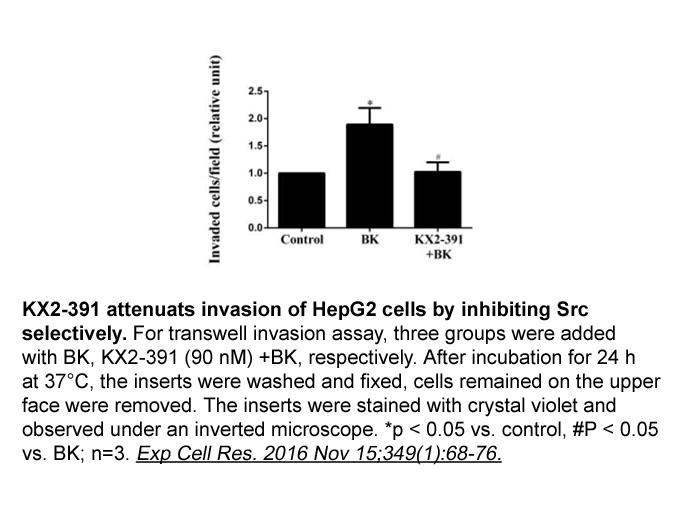
Results Discussion The ubiquitin system has in recent years become an exciting area for drug discovery (Cohen and Tcherpakov, 2010), as multiple enzymatic steps within the ubiquitylation process are druggable. The potential of targeting the ubiquitin-proteasome pathway was first demonstrated i
-
Currently two approaches can be
2021-06-21
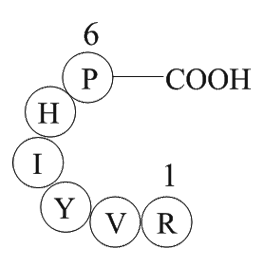
Currently, two approaches can be used individually or combinedly to overcome weak immunogenicity of subunit nebivolol hcl (Bookstaver et al., 2018; Moyle, 2017; Vartak and Sucheck, 2016). The first is to design particulate antigens. Virus-like particles (VLPs), for example—mainly derived from the c
-
Our finding that activating DDR variants
2021-06-21
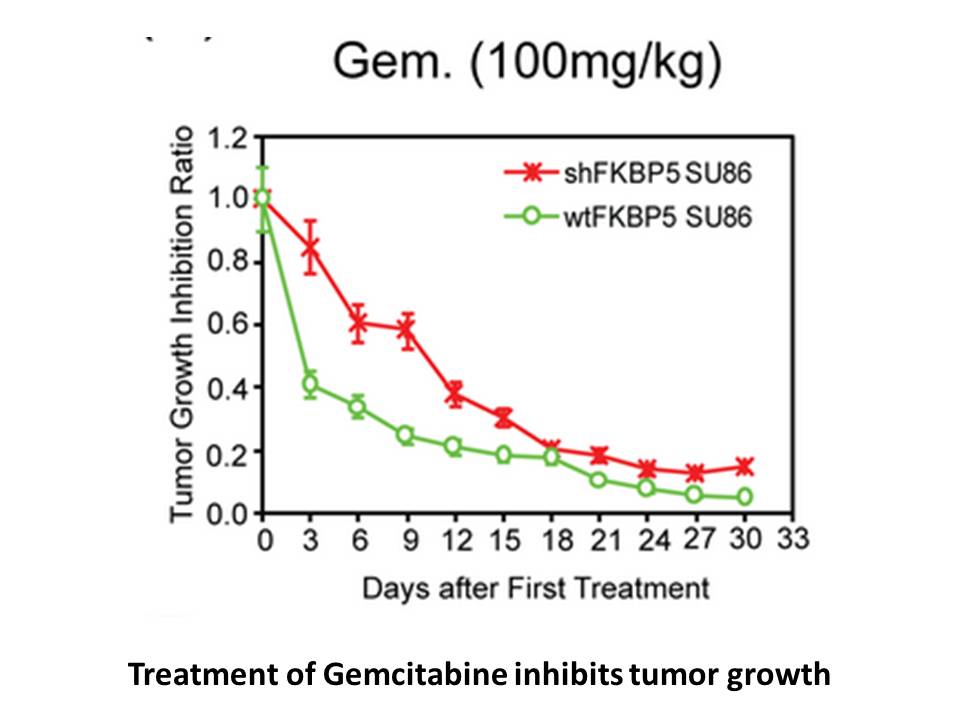
Our finding that activating DDR2 variants are a cause of this disease suggested that the ABL inhibitor dasatinib, a leukemia drug that also inhibits DDR2, could be used for treatment of affected individuals.10, 11 To examine the effect of dasatinib on p.Leu610Pro- and p.Tyr740Cys-induced autophospho
15415 records 651/1028 page Previous Next First page 上5页 651652653654655 下5页 Last page